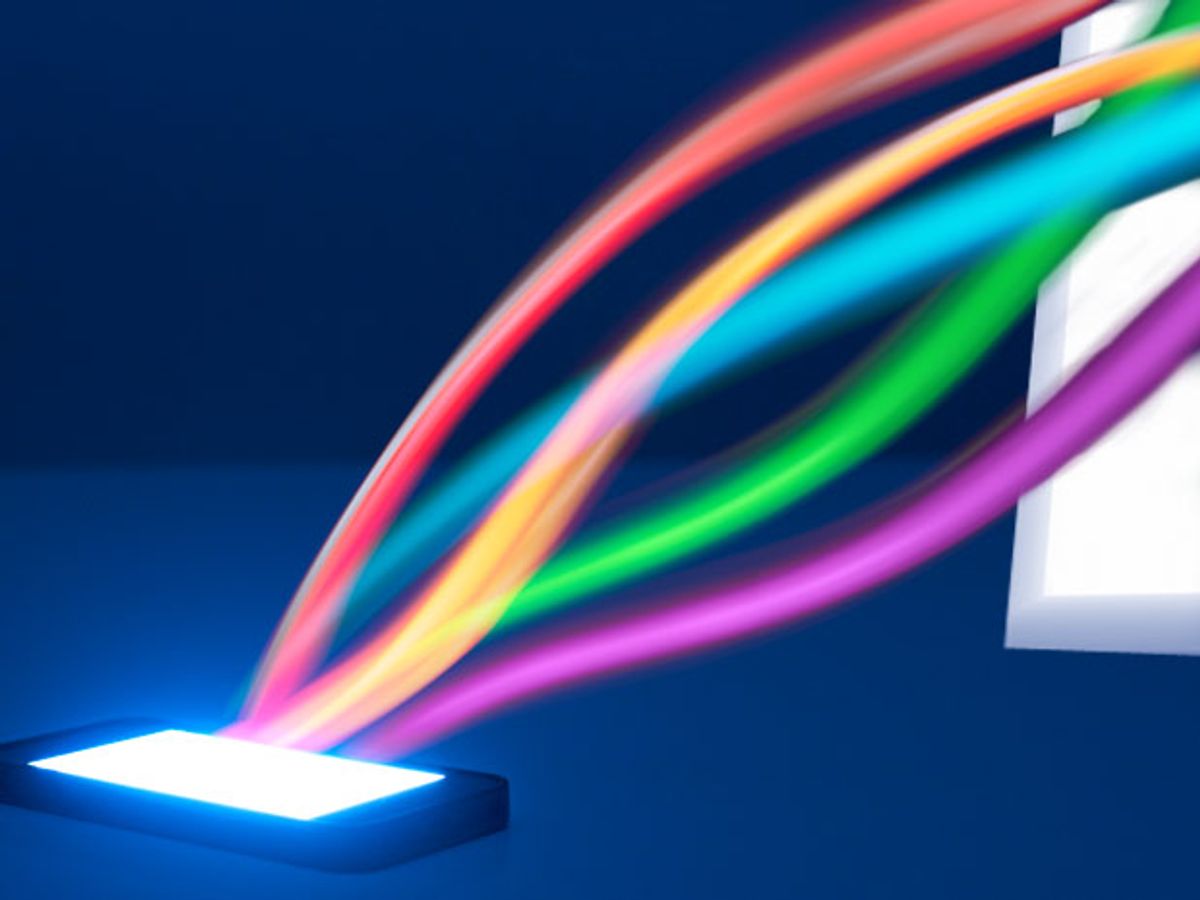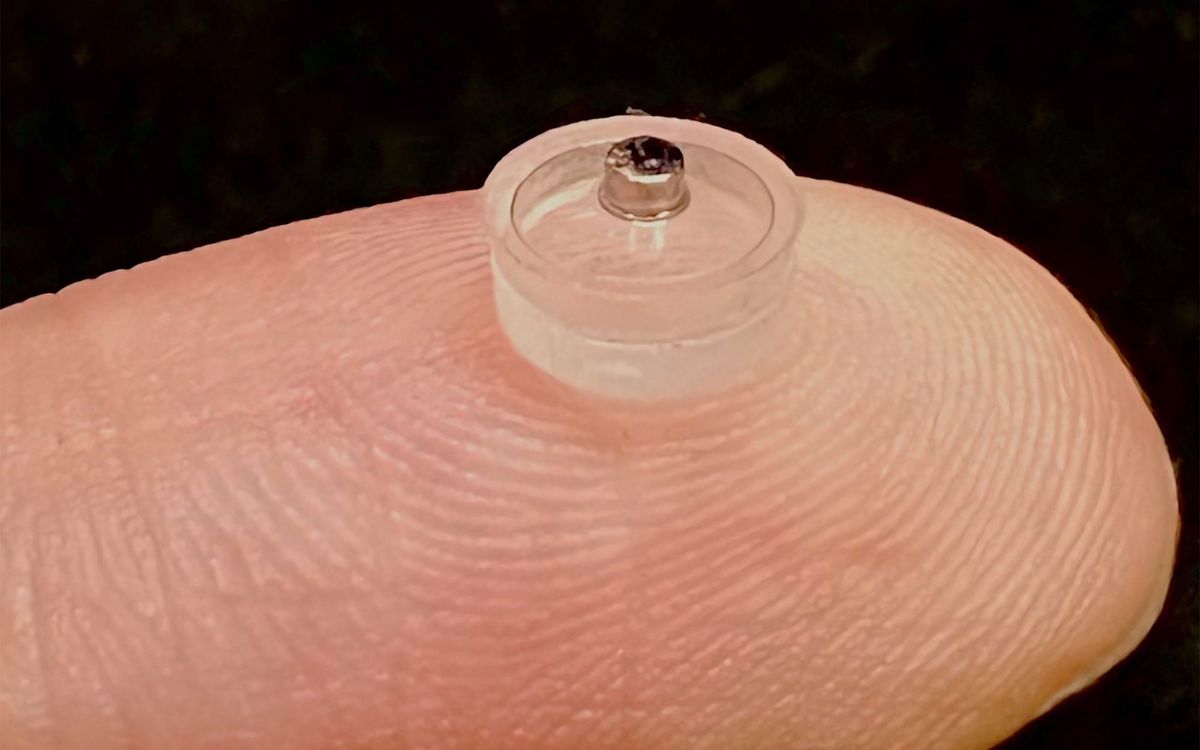Samsung has announced that it plans to bring a new multi-gigabit-per-second wireless technology to consumer devices as soon as next year. The technology is an implementation of the IEEE 802.11ad standard, operating in the 60 gigahertz frequency band. The company said the technology supports data transmission rates of up to 4.6 Gigabits per second, or about five times as fast as current Wi-Fi systems.
Operating at a much higher frequency than standard Wi-Fi, which uses the 2.4 GHz and 5 GHz bands, the 60-GHz wireless connections would let users share data and stream movies between connected devices much faster. With a speed of 4.6 Gbps you can send a 4-gigabyte movie from your computer to your TV in less than 7 seconds.
But the 60-GHz signals are also much easier to disrupt, failing to propagate through walls and losing signal integrity after just a few meters. This means that the 802.11ad technology, which some call WiGig, won’t replace your conventional Wi-Fi routers anytime soon. When it comes to device-to-device connections like those between a computer and a TV, though, the technology could provide a welcome speed boost.
In a press release, Samsung boasted that it has improved on the technology for consumer use by allowing multiple devices to connect to a 60-GHz network without interfering with one another. Isolating those channels, the company said, has helped improve the speed of the 60-GHz connections.
Advances in beam-forming technology are also helping Samsung make the technology ready for market. Precision steered beams can avoid interference and signal blockages, ensuring that a tablet can maintain a connection with a home entertainment system, for instance, even if the user is walking around their living room.
Other technologies (including ultra-wideband and WirelessHD) have been proposed to connect devices wirelessly, but none has become widely used in consumer products. The Wi-Fi Alliance, the trade group that promotes Wi-Fi standards, adopted WiGig into the fold in 2013. It says the technology could be useful not only for streaming video but also for connecting devices like laptops to external monitors and keyboards without a nest of cables and connectors. Last year, Dell released a 60-GHz wireless laptop and docking station combo that allows for exactly that.
Samsung expects to incorporate the 802.11ad standard into a variety of devices next year, including entertainment gear and medical equipment. In the long term, the company also expects that the technology will also find applications in smart home technology, connecting a wide variety of devices over larger areas as the technology matures.



